Payment data analysis can be a game-changer for businesses. It offers invaluable insights into transaction patterns, customer preferences, and operational efficiencies, enabling businesses to make data-driven decisions that propel them forward to their goals, whether it's conversion rate optimisation, streamlining payment processes, or identifying new market opportunities.
Dive into our comprehensive guide to discover how leveraging payment data analysis can unlock new avenues for your business to thrive in today's competitive landscape.
What is payment data?
Beyond individual transaction details, payment data aggregates into valuable metrics that provide a broader view of your business's financial health and customer behaviour. For example, overall conversion rates illustrate the percentage of transactions that were successfully completed versus those that were not. Another example is a detailed breakdown of decline reasons, which offers insights into common issues customers face during the payment process.
Furthermore, payment data analysis examines trends over time, identifying peak transaction periods, preferred payment methods among customers, and potential fraud patterns. It also enables businesses to understand how external factors like holiday seasons or economic shifts affect transaction volumes and behaviours.
Payment data offers actionable insights and is a cornerstone for strategic decision-making. It aids in optimising payment processes, enhancing customer satisfaction, and ultimately driving revenue growth.
How to analyse your business payment data?
So, payment data is more than just numbers and transactions; it's a rich vein of insights waiting to be mined. The first step in this analytical journey is gathering your data. It might seem straightforward for businesses with a single stream of online payments. However, in today's diversified payment ecosystem, many companies find themselves navigating through a complex array of payment providers, each with its own data format and analysis tools.

Analysing payment data with multiple payment providers
The reality for many businesses is a landscape dotted with various payment providers, each chosen for its specific advantages, from lower fees to better customer experience in particular markets. This diversity, while beneficial, introduces a significant challenge: consolidating and analysing disparate data sets.
Typically, businesses might resort to manually logging into each provider's dashboard, downloading reports, and then trying to normalise the data for comparative analysis. This process is time-consuming and prone to errors, potentially leading to misguided decisions.
To streamline this process, consider the following strategies:
- Leverage API integration tools that can automatically fetch and standardise data from multiple providers. This might require technical expertise but can save countless hours in the long run.
- Use a data warehousing solution to centralise your payment data. Once in a single repository, data can be cleaned, normalised, and ready for analysis using your tool of choice.
- Opt for a payment orchestration platform like Corefy, which aggregates data from all your providers, offering a unified view and analysis capabilities. Such platforms simplify data analysis and enhance operational efficiency by optimising payment routes based on the insights derived.
Two approaches to payment data analysis
Once you've consolidated your data, the next step is transforming it into actionable insights. Here are two primary approaches:
- Manual analysis with exported reports. For businesses with moderate transaction volumes or those at the initial stages of setting up their analysis frameworks, manually exporting data and using spreadsheets can be a starting point. Develop a set of key performance indicators (KPIs) relevant to your business objectives, such as transaction success rates, most common decline reasons, and average transaction value. Use pivot tables and charts in spreadsheet programs to analyse these KPIs over time.
- Automated analysis & visualisation. Use tools like Tableau or custom dashboards provided by payment orchestration platforms like Corefy to generate visual representations of your data automatically. These tools can highlight trends, patterns, and outliers in real time, enabling quick decision-making. Look for features that allow you to drill down into specific data points. For instance, dissecting conversion rates by payment method, geography, and time can unveil strategic insights into customer preferences and payment efficiency.
Real-time payment data monitoring
For businesses processing a high volume of transactions, real-time monitoring becomes crucial. Real-time data analysis enables you to identify payment failures, fraud attempts, or unexpected spikes or drops in transaction volume as they happen. Besides, you can track how changes in your payment process affect customer behaviour in real time, allowing for quick adjustments to optimise conversions.
As you can see, analysing your business's payment data is not a one-size-fits-all process. It requires a tailored approach that considers the complexity of your payment infrastructure, the volume of transactions, and the specific insights you aim to gain. By leveraging the right tools and strategies for data consolidation and analysis, businesses can unlock the full potential of their payment data, driving strategic decisions that enhance growth and customer satisfaction.
Which payment data metrics should be analysed and why?
Understanding and leveraging key payment data metrics is crucial for refining payment processes, enhancing customer experience, and driving revenue growth. Below are some of the most vital metrics to track and analyse, along with strategies for their application.
Conversion rates
The conversion rate is a critical indicator of your payment process's effectiveness and overall user experience. A high conversion rate suggests that your payment system is optimised and user-friendly, while a low conversion rate could indicate friction points that need addressing.
Corefy provides so many perspectives on calculating conversion that we jokingly say there are fifty shades of conversion. The ways our clients can monitor their conversion rate include:
- By the project to benchmark and determine which one performs best.
- By the customer to detect users who reach the payment page and don't pay.
- By the provider. The success rates for various transaction types may vary from one payment service provider to another. It depends on multiple factors, including currency, time, payment method, card brand, etc. This breakdown helps unveil the most efficient processors for all transaction types, and you can use this information for payment routing.
- With enabled and disabled CVV/3DS authorisation. It helps to evaluate the necessity of the friction caused and strike a balance between security and conversion.
- In real-time mode, to proactively monitor current performance.
- Over a selected period, to analyse past performance, etc.
Monitoring and analysing your conversion rates opens up many strategies for improvement, such as:
- Benchmarking. Compare conversion rates across projects or periods to identify trends or outliers. It can help pinpoint successful strategies or areas needing improvement.
- Customer segmentation. Analyse conversion rates by customer demographics or behaviour to tailor the checkout experience more effectively. For example, offering preferred payment methods for specific customer segments can boost conversion rates.
- Provider performance. Evaluate the performance of different payment service providers to optimise payment routing. Factors like transaction success rates, processing fees, and regional preferences can influence which provider is best suited for specific transactions.
Payment methods stats
By analysing conversion rates and usage statistics per every payment method you've connected, you can ensure your selection of provided options is optimal and sufficient for the particular market. It also allows you to save costs by eliminating the need to support methods your customers don't use.
Corefy provides the conversion rate breakdown by payment methods a customer used. It allows our clients to display the best-performing options at the top of the checkout page for each returning customer individually.
Additional strategies for improvement are:
- Market analysis. Keep an eye on emerging payment trends and technologies in your target markets. Offering trendy or preferred payment options can set you apart from competitors.
- Cost-benefit analysis. Regularly review the costs associated with supporting various payment methods versus the benefits they bring in terms of customer usage and satisfaction.

Decline reasons
Collecting and analysing transaction status statistics and error codes can unveil issues preventing payments from successful completion. What's more, you can easily separate the decline reasons that require actions on the user's side from those you or your payment service provider can fix. Then, you can implement proactive communication strategies to inform customers about payment issues and how to resolve them, potentially salvaging transactions that would otherwise be lost. As for the payment providers, you can work with them to understand and mitigate common decline reasons. It may involve adjusting fraud detection settings or resolving technical issues.

This way, decline reason stats help improve the success level and avoid abandoned shopping carts. With Corefy, such information is available in real time, and our Customer Success representatives are always ready to help you solve any issue.
Authorisation rates
By analysing your authorisation rates, you can determine which bank or payment provider is best at processing certain transactions and route these transactions to them. It is handy for international businesses, as sometimes their payment system may not be optimised for particular markets.
Additionally, a low authorisation rate for an issuing bank may indicate you or your acquirer don't send sufficient information or have a bad risk profile with this bank.
Building solid relationships with banks and payment providers can help optimise authorisation rates. It might involve negotiating better terms or working together to resolve issues that lead to declines. Another improvement strategy is implementing smart routing and direct transactions to the provider or bank with the highest likelihood of successful authorisation based on historical data.
User behaviour on the payment page
Access to the statistical information about what users do on your payment page provides you with underrated but precious insights. Knowing how long a customer is on your page and where they click can reveal UX issues that lower your conversion or prevent customers from checking out.

Once, a quick look at user behaviour data helped us determine that one of our new clients suffers ~20% conversion simply because the payment page closes if a user misclicks the payment popup. Immediately after fixing this issue, our client reached over 80% conversion.
That's why tools to track where users click, how long they spend on the payment page, and at what point they drop off are essential. This data can guide UX/UI enhancements.
We also recommend experimenting with different layouts, payment options, and messaging on your payment page to determine what works best for user engagement and conversion.
Transaction fees
Knowing how much each transaction costs you, you can set up a payment routing system to help you notably save on fees. For instance, a bank that issued a card is more likely to process a transaction on that card faster and cheaper than another. If you have terminals at various banks, a smart routing system will help you benefit from this fact. You can also integrate appropriate alternative payment methods if your transaction costs end up being too high. It is often an issue for cross-border card transactions.
Balances
Last but not least, pay attention to your balances at the payment providers you work with. Use this information for payment routing to avoid undesirable zero or too-high balances and diversify your cash flows.
If you use Corefy, we've taken care of it, and it all happens automatically. All you need to do is opt for the 'By balances' routing strategy in the Dashboard settings. We also send our clients timely notifications when their merchant accounts reach a critical balance value. Additionally, every client can export the balance report in a few clicks.
Learn from the expert: watch the Payment Agenda
After exploring the power of payment data analytics, take the next step with the Payment Agenda. This podcast offers direct insights from industry experts and focuses on practical strategies for business growth through data-driven decisions.
In this episode, Corefy's Den Melnykov talks with Keren Aviasaf from Worx. They delve into applying payment data analytics in real-world scenarios and share strategies businesses have used to optimise operations and drive growth.
How can Corefy help?
Navigating the complexities of payment data and analytics might seem daunting, but you're not alone. Corefy is designed to simplify this journey, turning your payment data into a strategic asset that drives growth and efficiency.
Our comprehensive Analytics solution does more than just collect data. It transforms raw numbers into actionable insights, empowering you to make informed decisions that propel your business forward. Here's what you'll get:
- Unified data view. Corefy consolidates payment data from all your channels and providers into a single, intuitive dashboard. It eliminates the hassle of dealing with fragmented data sources, making your analysis more efficient and accurate.
- Real-time analytics. Stay ahead with real-time monitoring and analysis of your payment transactions. Detect trends, identify issues early, and respond swiftly to optimise your payment processes and enhance customer satisfaction.
- Customisable reports. Tailor reports to meet your unique business needs. Whether it's tracking conversion rates, understanding decline reasons, or analysing transaction fees, Corefy gives you the flexibility to focus on what matters most to your business.
- Expert support. Our team of payment experts is always on standby to assist you. From setting up your analytics dashboard to interpreting complex data patterns, we're here to ensure you maximise the value of your payment data.
With Corefy, you're not just getting a tool. You're gaining a partner in your growth journey.



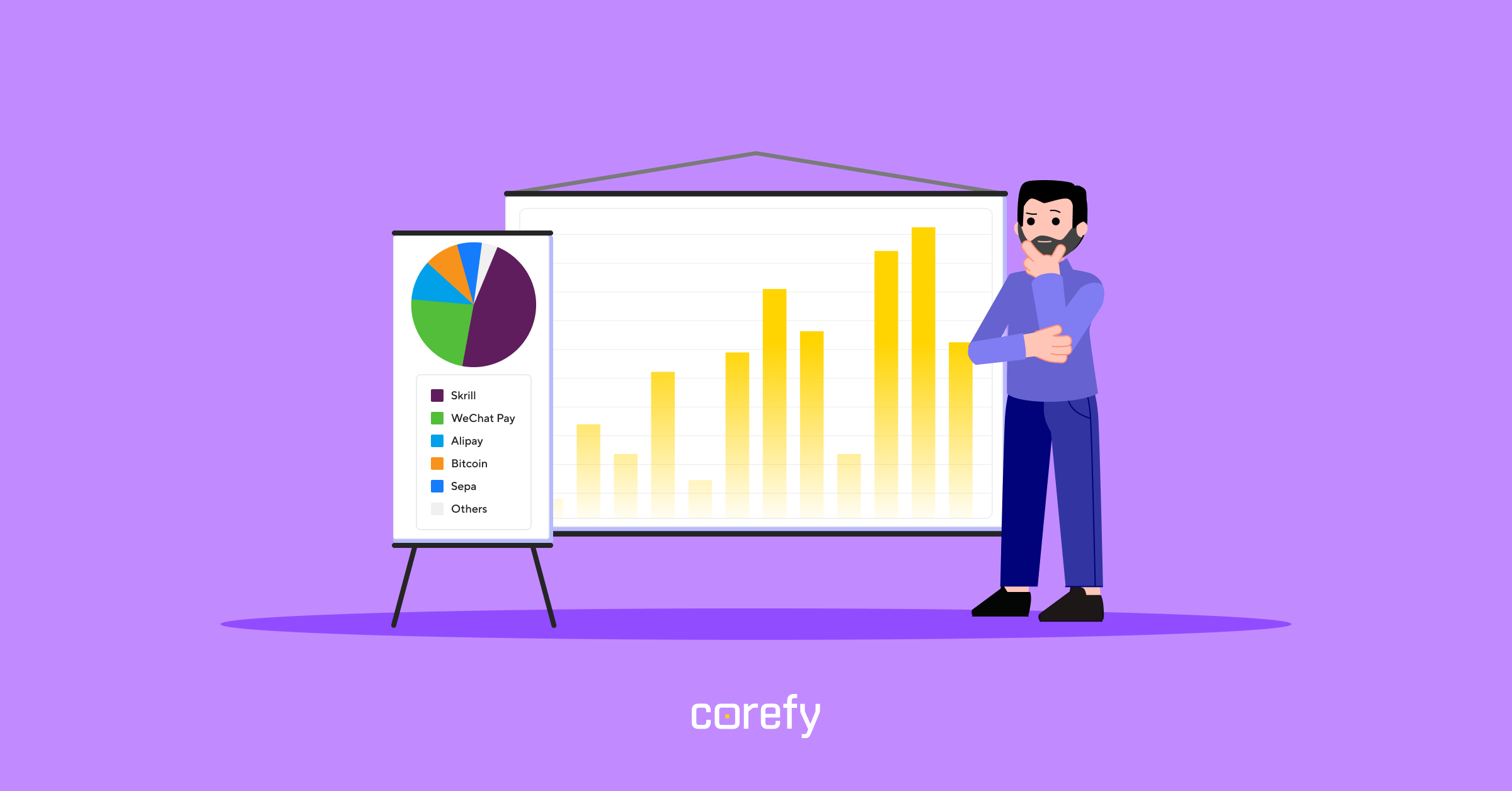
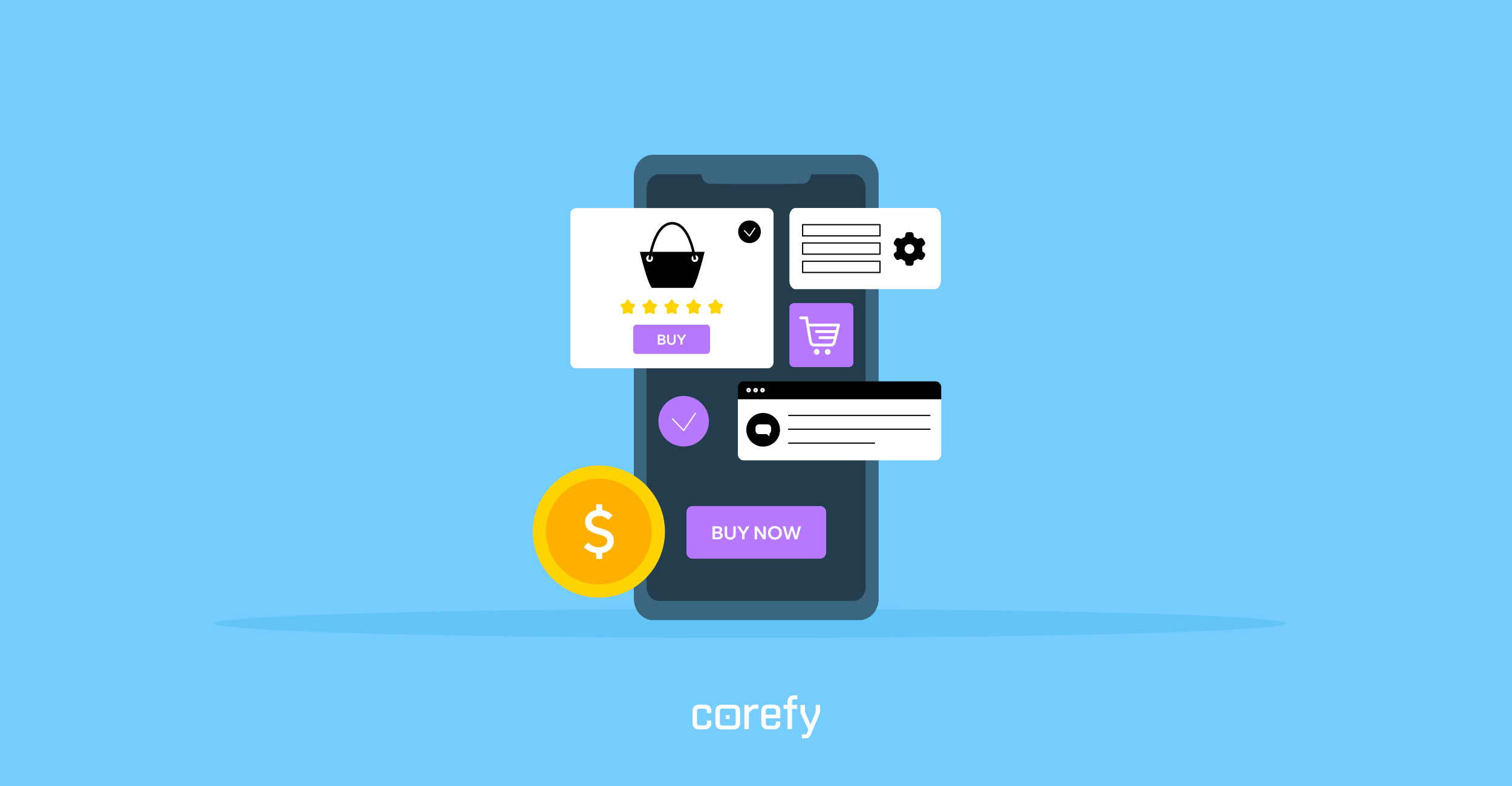
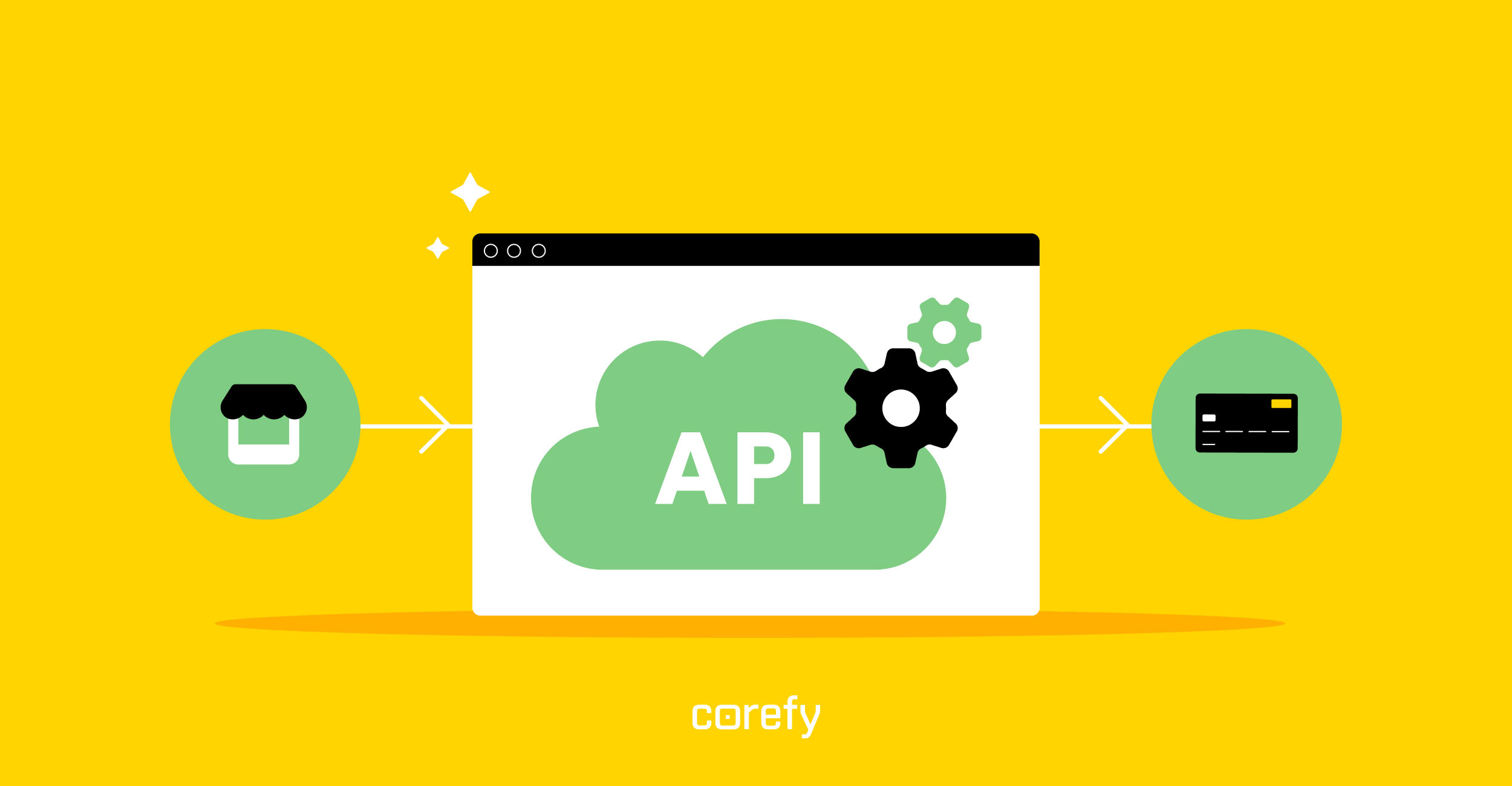
.jpg)

.jpg)
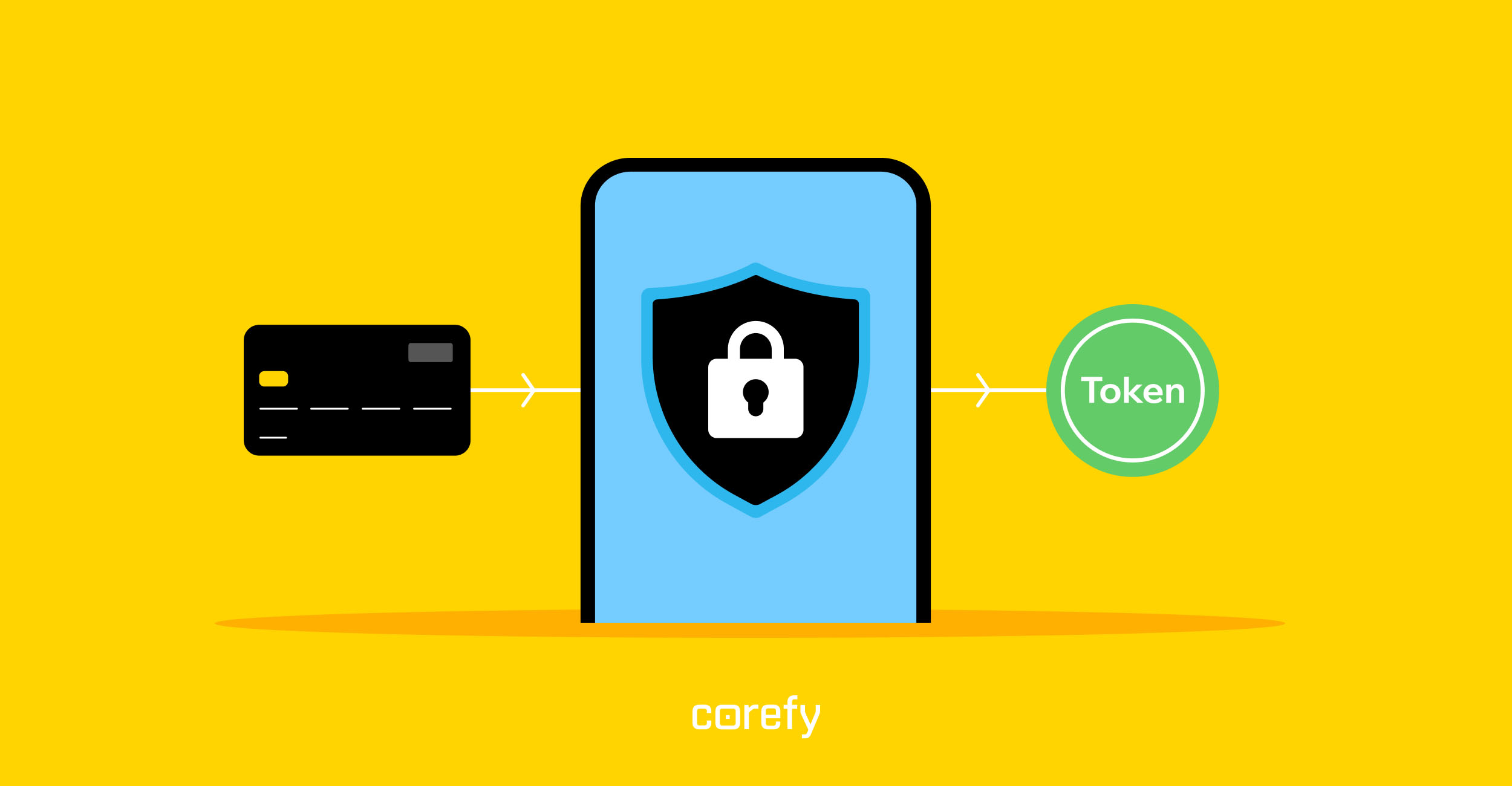
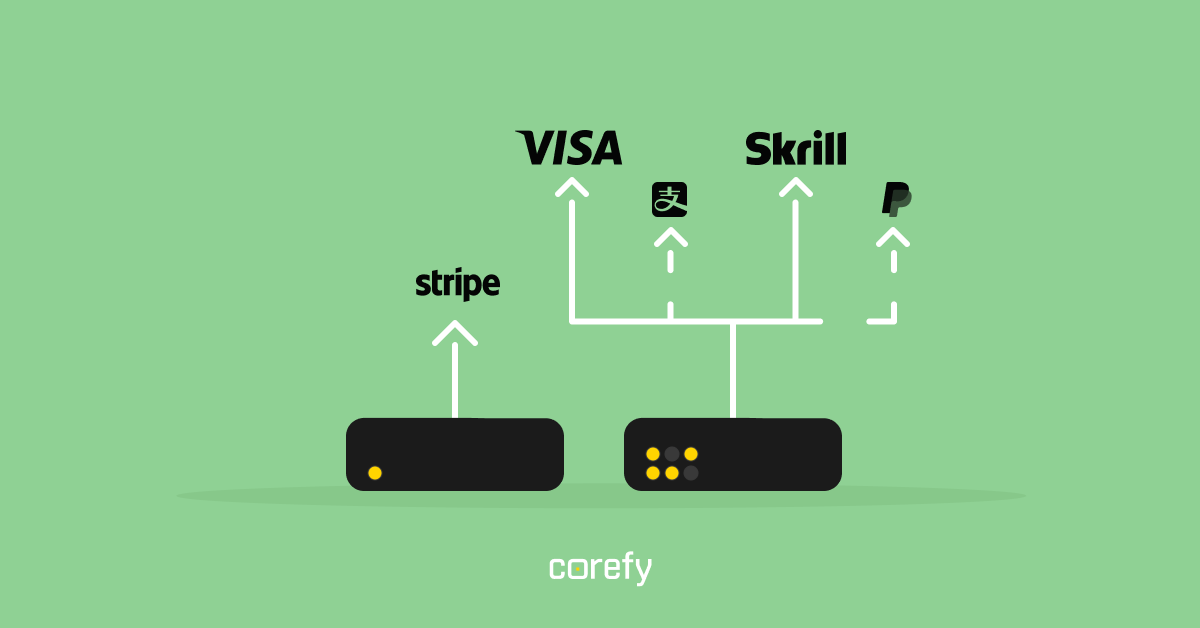
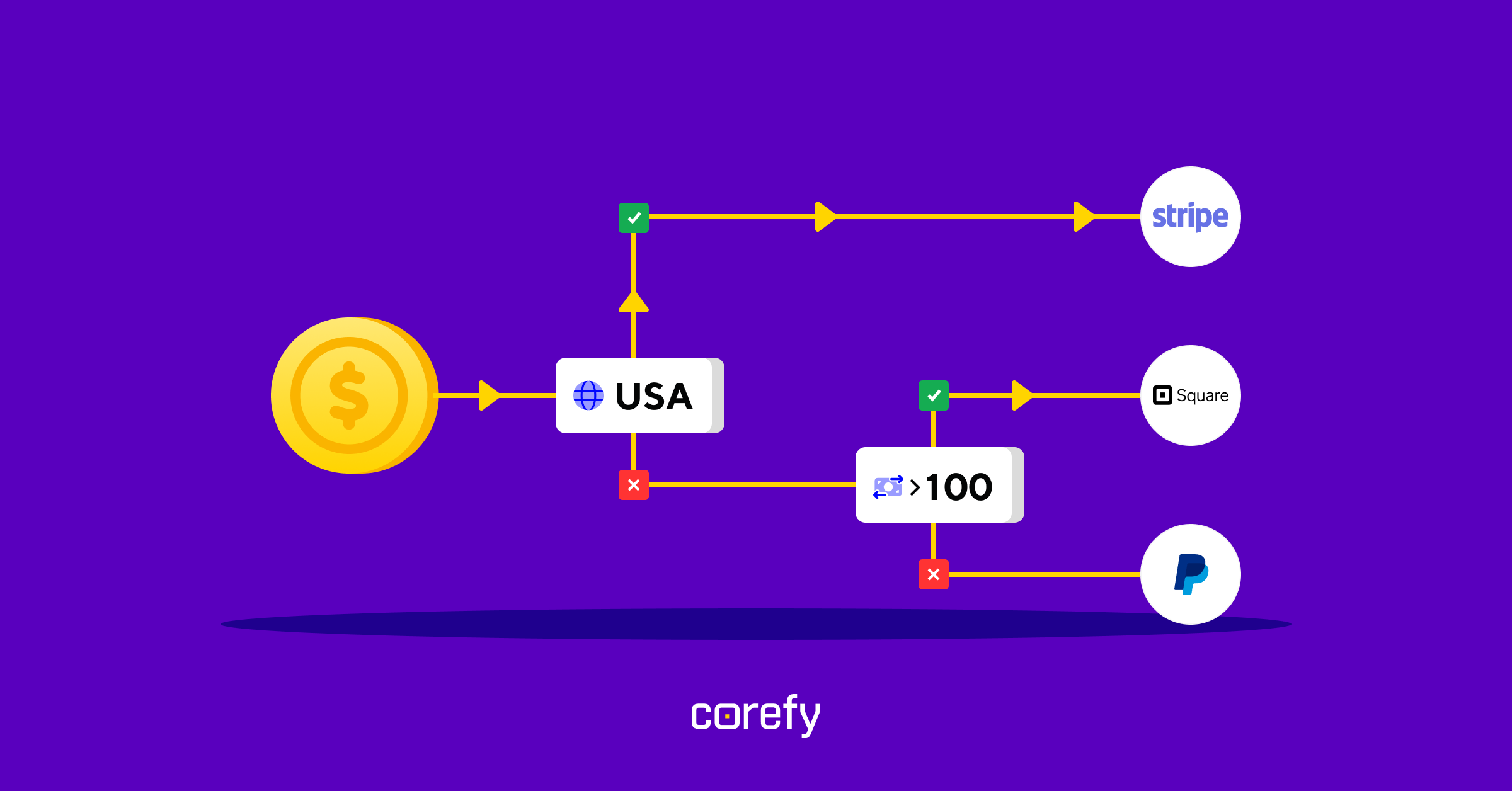
.jpg)
